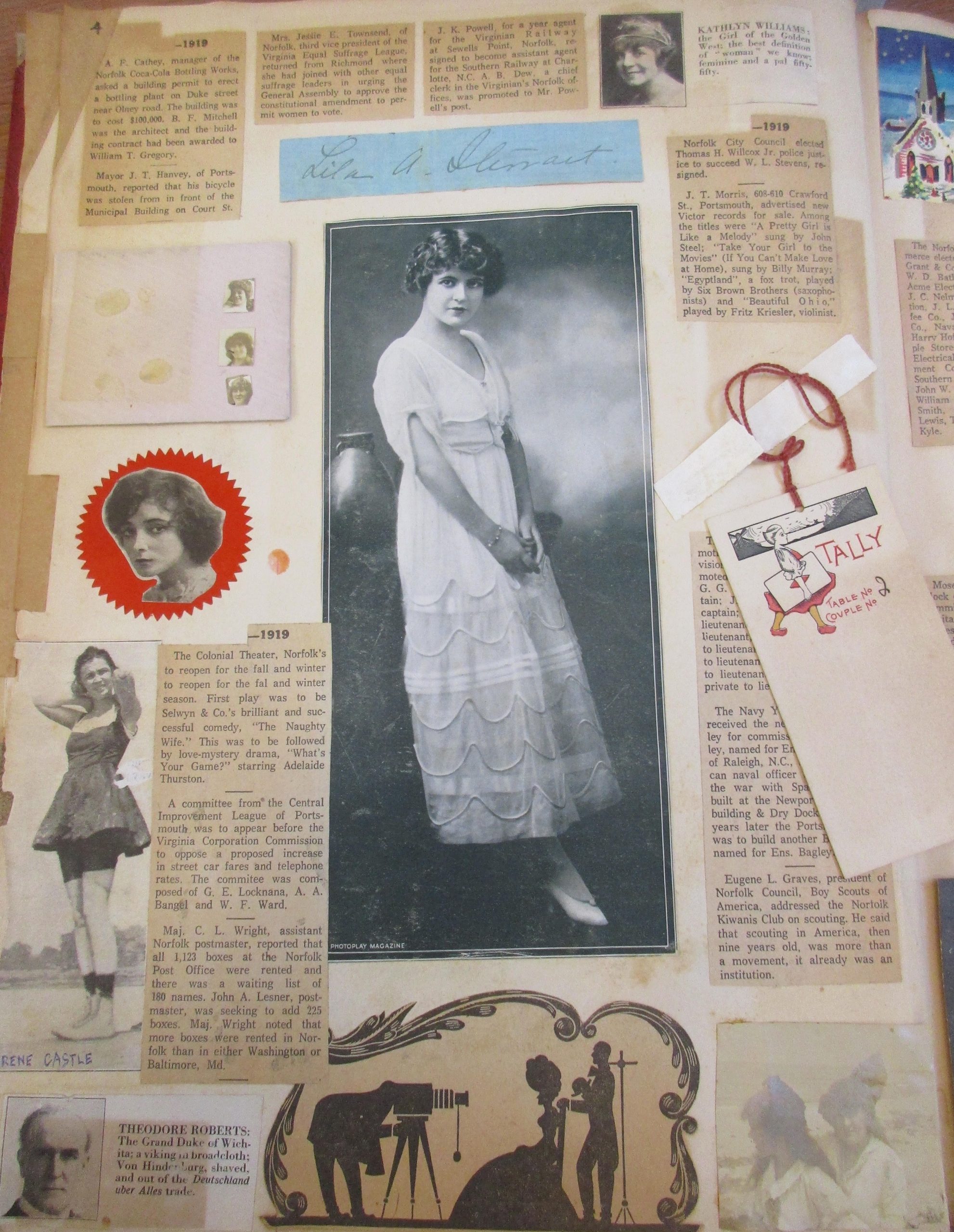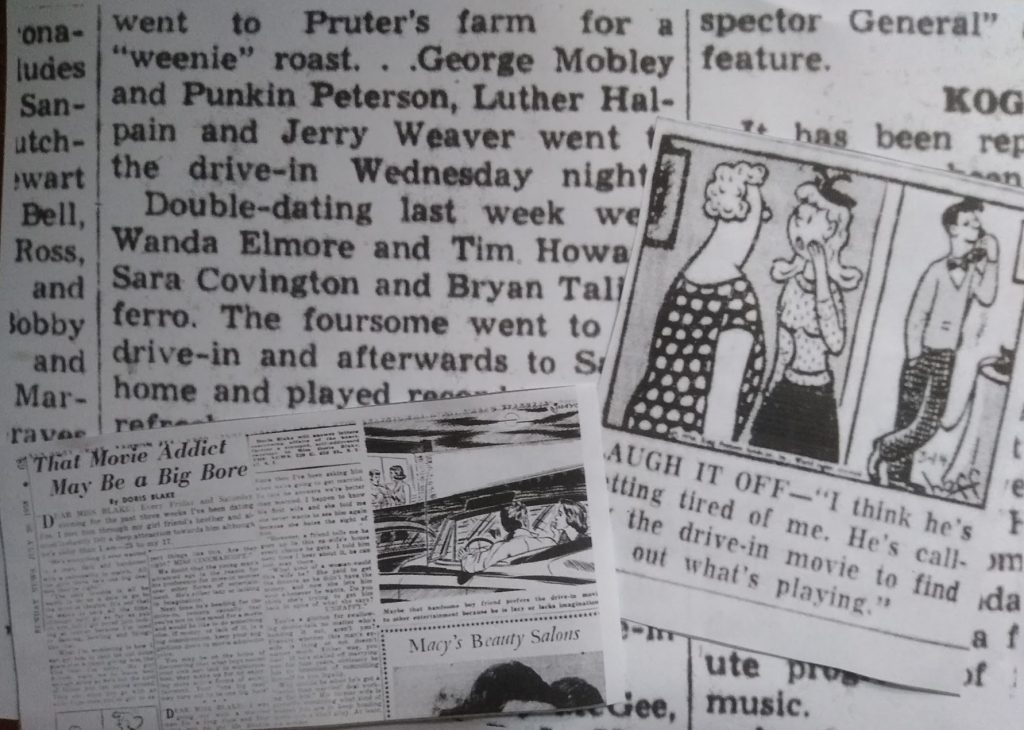
by Diana W. Anselmo (more info below).
The webinar was held on 11 May 2022.
Abstract: Unlike most scholarship on US silent cinema, my research focuses on first-person artifacts (movie scrapbooks, diaries, fan mail, photos) crafted by self-identified “screen-struck girls” growing up at the time of Hollywood’s emergence. Described as the original “adolescents” and “movie fans” by journalists and psychologists, the juvenilia of early moviegoing girls helps historicize how gender, class, sexuality, creed, dis/ability, and ethnicity came to shape privilege and prejudice in the US. For example, scrapbook collages of cross-dressed actresses and private fan mail reveal an undocumented history of everyday queer life shaped around moviegoing. Seminal to the formation of a commercial fan culture, these reception practices are seldom discussed, yet they remain central to the maintenance of digital fan communities. A nuanced understanding of the diverse ways female audiences helped establish Hollywood’s media industry is thus key to an equitable redistribution of power in US public history.
Bio: Diana W. Anselmo is a feminist film historian and assistant professor who specializes in US silent cinema, female reception, and queer media. Her work has appeared in Cinema Journal, Screen, Camera Obscura, Feminist Media Histories, and Film History, among others. In 2019, her research received the Screen Journal Award. A book on queer female reception in early Hollywood is forthcoming with the University of California Press.

by Guy Barefoot (more info below).
Abstract: ‘Most people go to the movies with someone’ reported the 1957 survey, ‘The Public Appraises the Movies’. Only 13% of admissions in the survey week were accounted for by people who went alone, and in the case of drive-ins that figure dropped to only 2% of lone moviegoers. Families are likely to account for significant proportion of those attending with others but drive-ins were also known as a dating-venue. As part of a wider research project into the 1950 drive-in (examining their location, their programme and their audiences), this paper investigates what material published in the 1950s can tell us about the drive-in date. It focuses on local newspapers columns written by teenagers, such as “Teens’ Timetable” in the Orange [Texas] Leader, and syndicated advice columns such as Sheila John Daly’s ‘Tips for Teenagers’. It assesses what these can and cannot tell us about the drive-in date and its (often remarkably public) place within 1950s American culture.
Biography: Guy Barefoot is Honorary Visiting Fellow in the School of Arts at the University of Leicester, having been Associate Professor in Film Studies at the University of Leicester up to the end of January 2022. His publications include Gaslight Melodrama: From Victorian London to 1940s Hollywood (Continuum, 2001, reissued Bloomsbury, 2016), The Lost Jungle: Cliffhanger Action and Hollywood Serials of the 1930s and 1940s (University of Exeter Press, 2017), Trash Cinema: The Lure of the Low (Wallflower, 2017) and ‘My Search for Passion Pits with Pix: Cinema History and 1950s Drive-In Audiences’, Participations, 16.1 (2019), pp. 824-42. He is currently writing a book on the drive-in cinema in 1950s America and the popular imagination, to be published by Bloomsbury Academic.